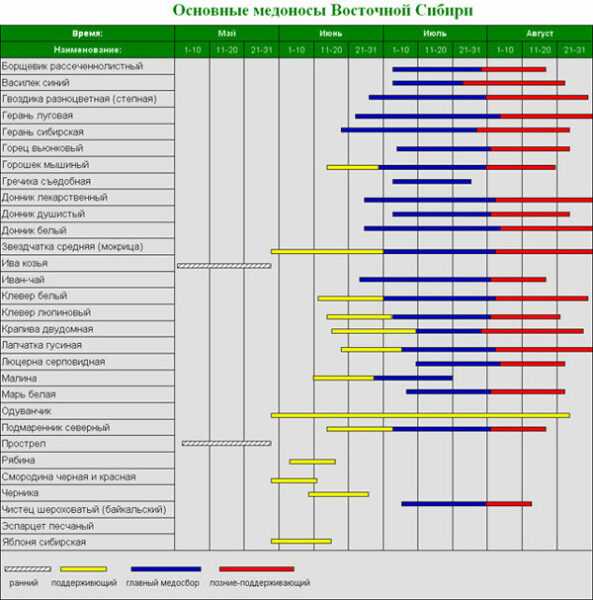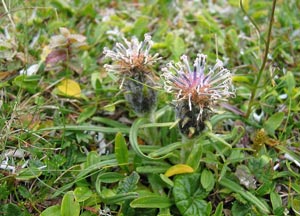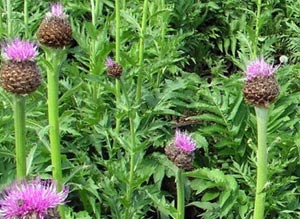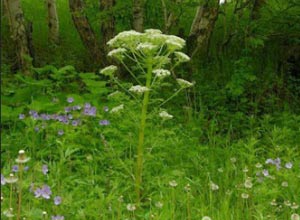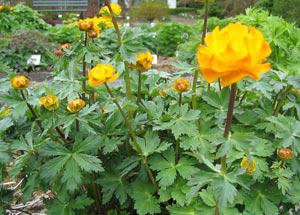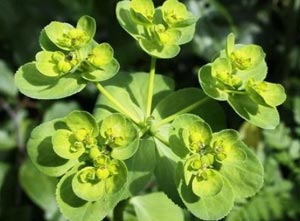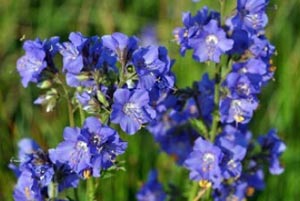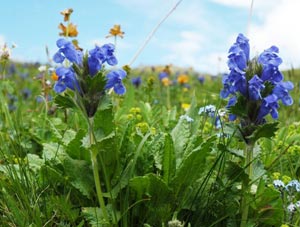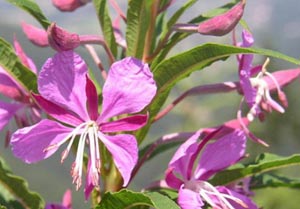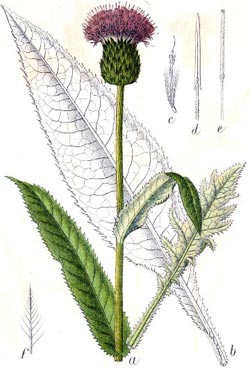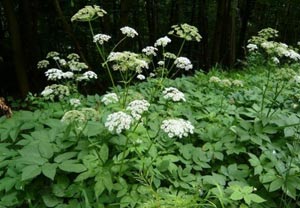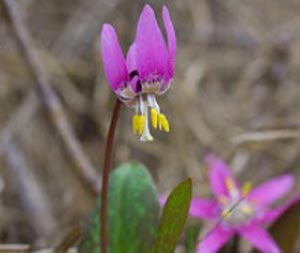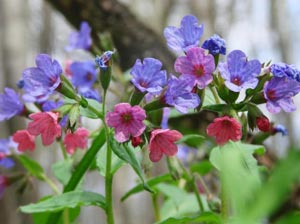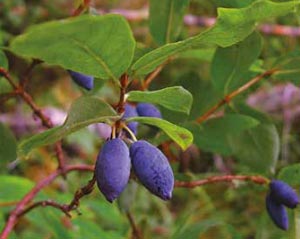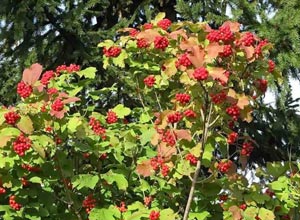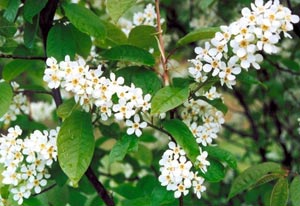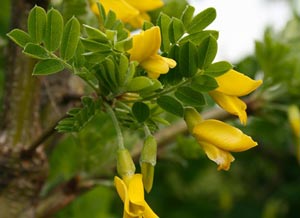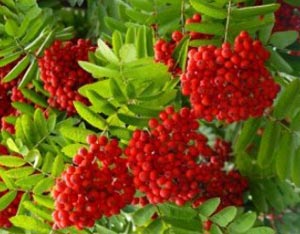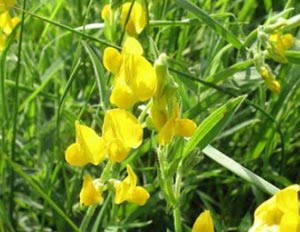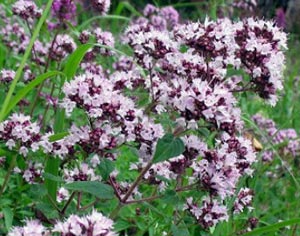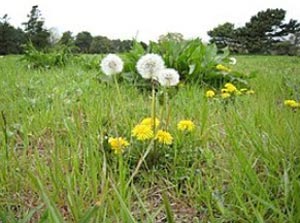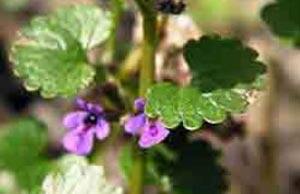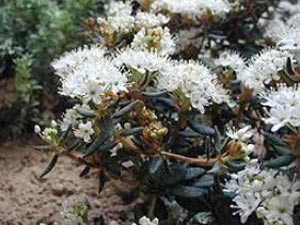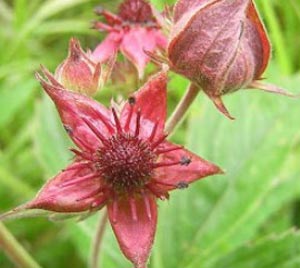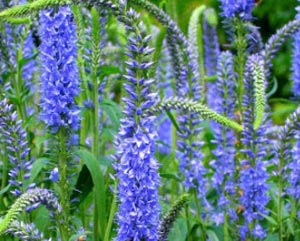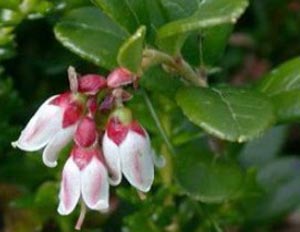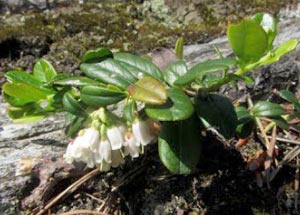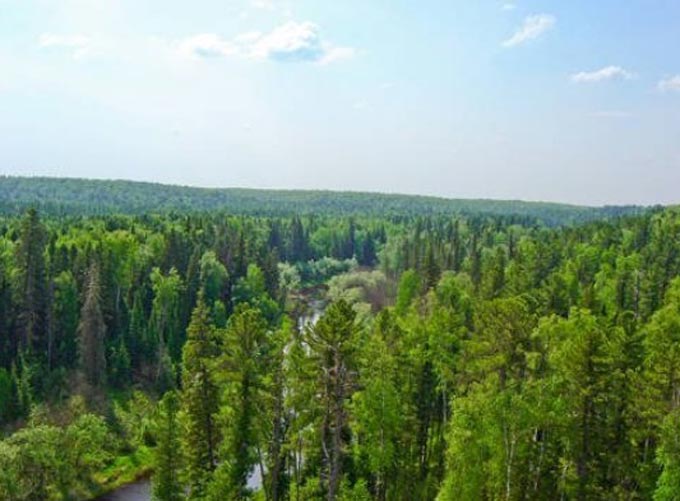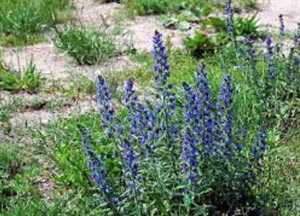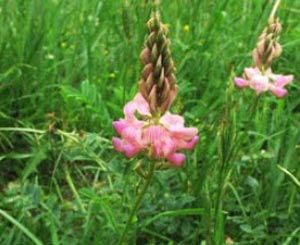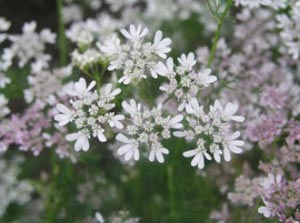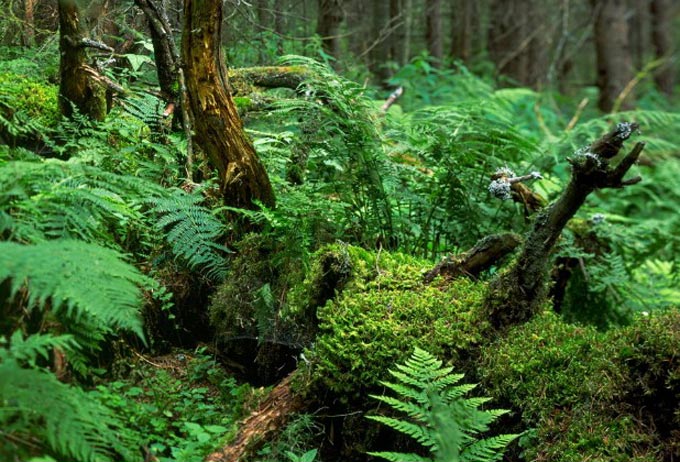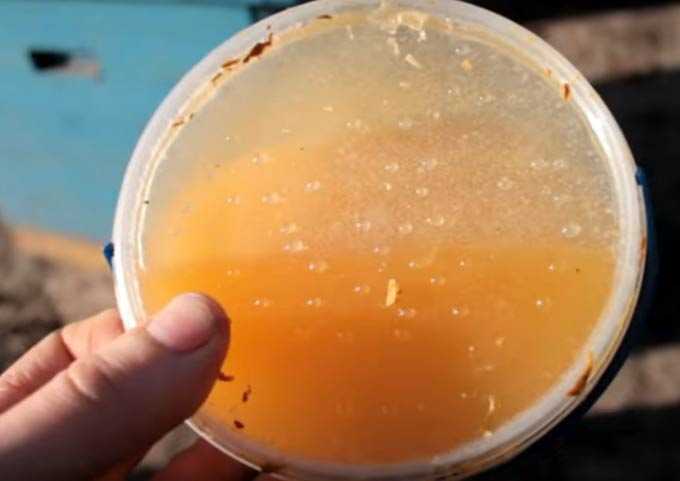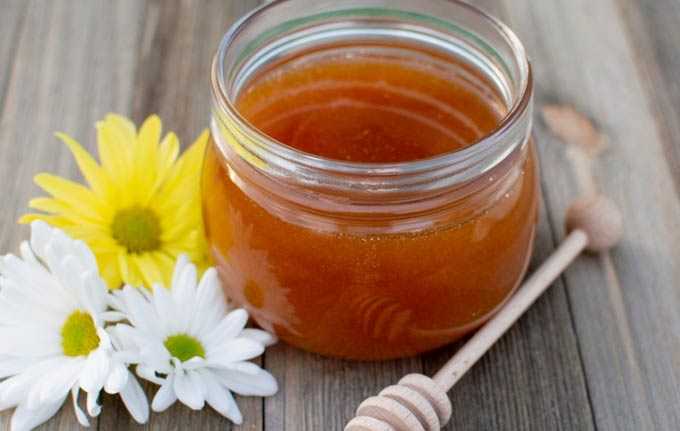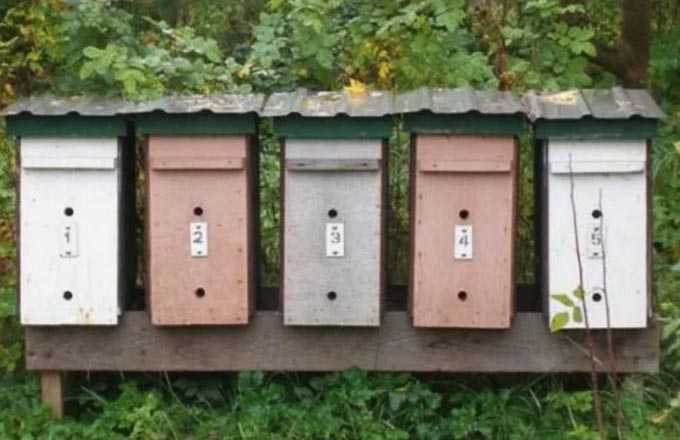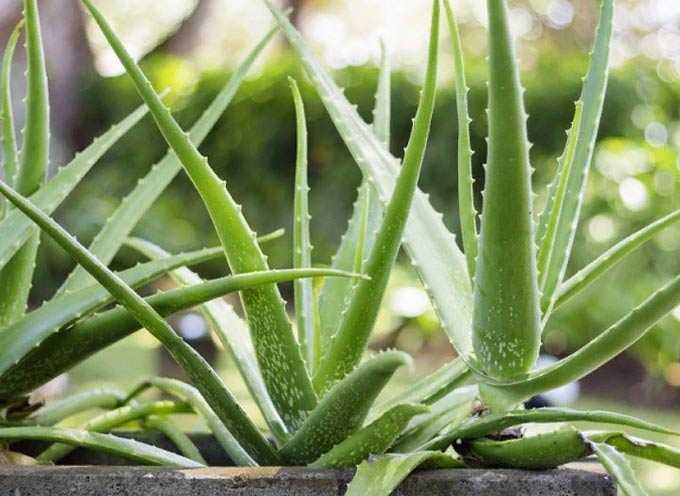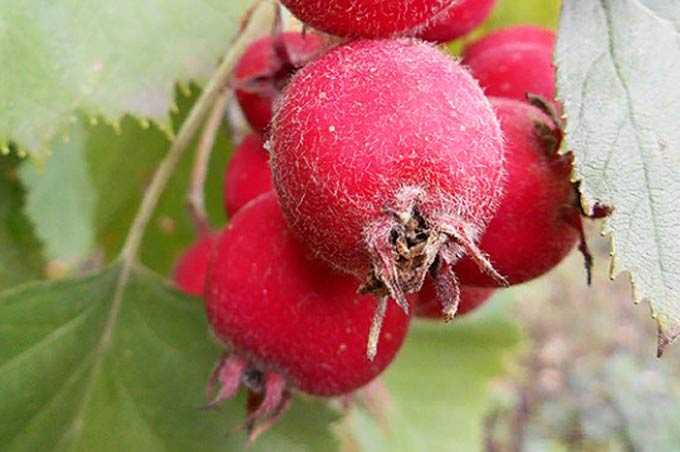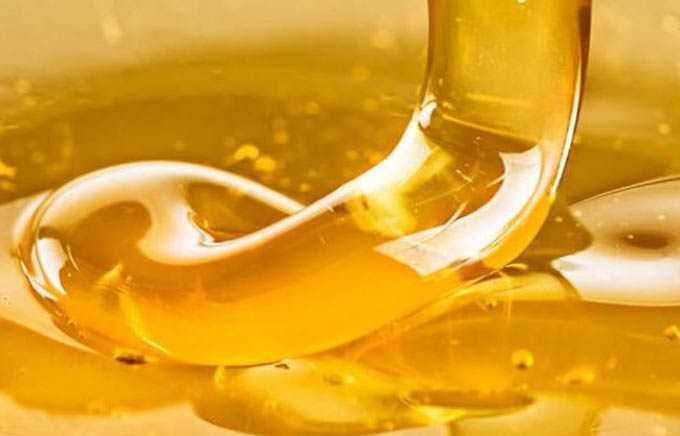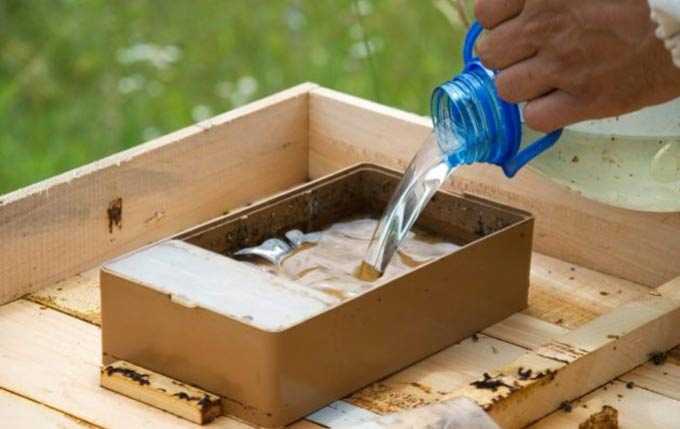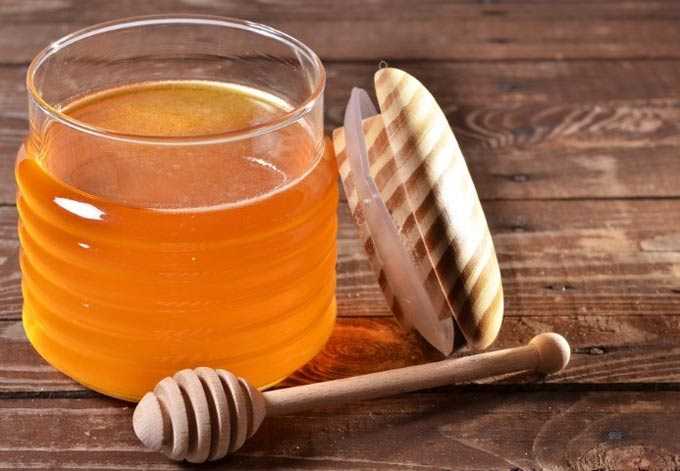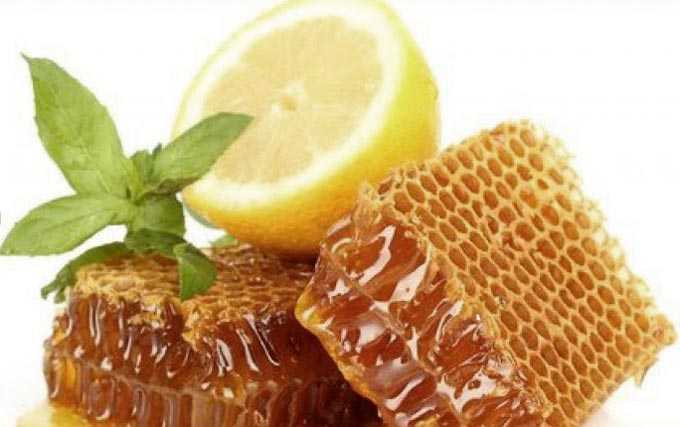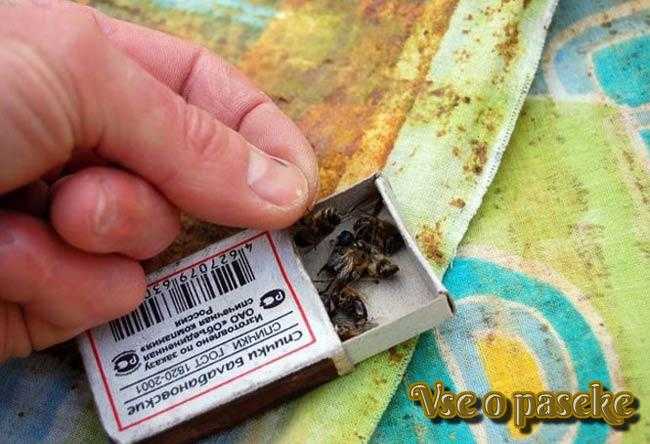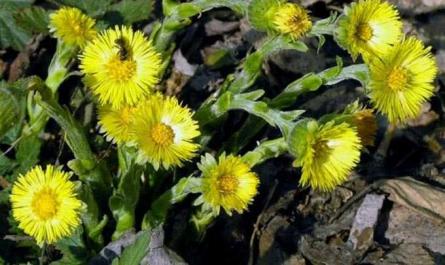Siberian honey plants include an extensive list of vegetation in this region. We will look at the most useful of plants that provide good nectar bribes for apiaries.
The content of the article
- 1 Let’s define the geography
- 1.1 Division into zones
- 1.2 Climatic features
- 2 Altai vegetation overview
- 3 Overview of deciduous forest vegetation
- 4 Plants of the West Siberian forest-steppe
- 5 Transition zone
- 6 Plants of the West Siberian steppe
- 7 Plants of the West Siberian taiga
- 8 Plants of the black taiga
Let’s define the geography
Siberia here means the North Asian territory, which is part of Russia. Namely, its western and eastern parts, except for the Far East, the melliferous plants of which we have considered in a separate article.
Read: Honey vegetation of the Far East
From the west, this region is bounded by the Ural Mountains, from the south – by neighboring states, and from the north – by the Arctic Ocean.
Division into zones
The region is divided into the following melliferous zones (with their own unique climate and vegetation):
- Altai – its high-mountainous, alpine territories;
- deciduous forests (mainly birch) in the west;
- forest-steppe in the west of the region;
- transition zone between forests and steppe in the west;
- steppe regions;
- taiga of the West Siberian lowland;
- fir-aspen (draft) taiga of the west.
Climatic features
The Siberian climate, thanks to common cliches, is associated with very harsh weather conditions. In fact, things are different here.
In the West summer is milder than in other regions of the continental zone thanks to Altai, which shelters these territories from the hot Kazakh winds. Average summer temperatures are from +15 to +35. Winter is also quite mild – from -15 to -30, with an average snow cover (15-20 cm).
East characterized by harsh continental weather. Winters are frosty – up to -40, but without strong winds. The polar night lasts about a month. Summer with light rainfall and an average temperature of +15 degrees. For beekeeping, this zone is less favorable than the western regions.
An approximate beekeeper calendar here looks like this:
How such a table is compiled can be read in a separate article: Honey plant flowering calendar
North really harsh is a full-fledged tundra: in winter, the thermometer drops below -40, and in summer it rarely rises above +10. In the farthest north and in the mountains there is snow all year round.
Altai vegetation overview
The zone is located above the border of ordinary forests – it reaches the eternal high-mountainous snows. The vegetation is semi-desert, steppe and forest. Alpine meadows are covered with abundant grass, but apiaries practically do not take out there because of the inaccessibility of these territories.
Broadleaf saussurea is a perennial from the Asteraceae family, well adapted to live in alpine conditions. It is a summer melliferous plant with pink or purple buds, secreting nectar in July-August. Nectar productivity is about 120 kilograms per hectare.
Widow – perennial from the Asteraceae family, blooming from June to September. Provides a small honey harvest – 60-120 kilograms. Such honey is suitable for wintering bee colonies. It is pleasant to taste, with a delicate aroma. Product color is light yellow.
One of the varieties of angelica (angelica) also grows in subalpine meadows – angelica forestbelonging to the umbrella family. This is a typical perennial, providing the apiaries with the collection of pollen and nectar. Blooms in the second half of summer for one month. Productivity – from 80 to 120 kilograms of nectar per hectare.
Read: Angelica (angelica) as a honey plant
Maral root (or safflower leuzea) – a perennial herb from the Aster family, which can be specially sown near apiaries. Differs in purple-pink inflorescences, consisting of many small tubular flowers. Blooms in June for about 20 days. Nectar productivity up to 100 kilograms per hectare. The plant also provides bee colonies with pollen. The pumped out honey is almost colorless, very aromatic. Does not crystallize for a long time.
Ural ribcarp – a perennial herb with a bare stem covered with characteristic grooves. Flowers are small white, collected in large umbrellas. Blooms in June. The maximum productivity is 180 kg of nectar per hectare. In unfavorable years, it can only provide a supporting honey harvest. It is not very eagerly visited by bees – this is one of the features of the plant, which has not yet been fully studied by biologists.
Alpine geranium – a representative of the geranium family. A perennial herb with alternating leaves and 5-petal purple flowers. Summer melliferous plant (June, August), producing nectar for 60-70 days. Productivity – from 27-30 kilograms per hectare. Its variety – meadow geranium gives up to 52 kilograms of honey.
Altai light (swimsuit) – alpine perennial from the buttercup family. It is distinguished by a high stem, sessile leaves of a palmate-split shape and spherical golden-yellow flowers. Blooms in May, June. The exact honey production is unknown.
Milkweed – a representative of the largest genus of the same name, widespread everywhere. The name comes from the characteristics of the juice, which has a milky white hue. Suitable for decorative breeding, including in rock gardens. In Altai and Siberia, the following varieties are found: acute, northern, small-fruited, broad-leaved, yellowing (hairy) euphorbia. All of the listed herbaceous perennials are distinguished by a long root system, an erect high stem. These are late spring or early summer honey plants. According to some data, in favorable years, they give up to 270 kilograms of honey.
Blue cyanosis – perennial herb with blue-purple inflorescences. Blooms from the end of May for 1,5 months, providing a good collection of nectar and pollen. Nectar productivity is about 80-100 kilograms per hectare of dense thickets. The plant can be used for decorative and medicinal purposes.
Altai (large-flowered) snakehead – is a perennial herbaceous representative of the family of lamines, protected by the Red Book. Its bright blue flowers are similar in shape to a snake’s head. It is used as an ornamental, medicinal and suitable for human food (it is used to flavor soups, broths, make salads). One of the best alpine honey plants, it attracts bees very well. Blooms in July. This herb is used to rub rototrap to attract bees. The pumped honey has a characteristic lemon aroma and a pleasant taste. Nectar productivity up to 200 kilograms per hectare.
Overview of deciduous forest vegetation
The zone includes territories from Altai to the Ural forest-steppe and taiga. Birch forests are sparse here, interspersed with arable land and swamps. The undergrowth consists of shrubs, small trees and dense grass cover.
Beekeeping is well developed in this region. From the winter hive, hives are exhibited in mid-April, simultaneously with the blooming of the anemone and the kandyk.
The main bribe falls on the third decade of June, early August. It is provided by herbaceous melliferous plants from the umbrella family, listed below:
Two varieties dudnik:
- medicinal (the so-called angelica), which gives up to 300 kilograms of honey;
- and forestry, with nectar productivity from 80 to 120 kilograms.
Both bloom in the second half of summer. Honey crystallizes slowly. The color of this variety ranges from reddish to light amber.
Cyprus (ivan tea) – herbaceous perennial growing in one place for up to 15 years. It blooms from the beginning of June and gives marketable honey until the beginning of September. The honey harvest from this plant is somewhat unstable. In a favorable year, you can collect up to 300, and in a dysfunctional year, only about 20 kilograms of honey. Also, bee colonies collect pale green or reddish pollen.
Read: Ivan tea as a honey plant
Forest sow thistle – a late summer honey plant from the Asteraceae family, distinguished by purple flowers grouped in corymbose panicles. From mid-July to September, it provides honey harvest from 350 to 380 kilograms per hectare.
Dream – a perennial herb from the celery family. A weed with inflorescences in the form of a complex umbrella, up to a meter high. From this plant, bees bring light yellow honey with a greenish tint. Nectar productivity per hectare of solid grass stand is 200 kilograms.
Read: Sleep like a honey plant
Early spring honey plants in the region are represented by:
Altai anemone – a low perennial herb that blooms in April and May. Within two weeks, it attracts bees that have awakened after hibernation, providing them with a cream-colored pollen.
Siberian blood – a short grass blooming at the end of April. The honey plant is distinguished by purple flowers with petals bent outward and bright yellow stamens. Releases nectar and pollen for a month. Average productivity for honey is 40-45 kilograms. The plant is resistant to adverse weather conditions.
Medunitsa – a herbaceous representative of the borage family, blooming profusely every year. The pink flowers of the herb are arranged in double curls. The stem and leaves are covered with soft hairs, the stem is low, ribbed. Can be grown in culture by sowing in July. Plants will bloom in the 2-3rd year. The productivity of nectar is up to 70 kilograms.
Iwamiproviding both pollen and honey bribes. Mostly strong bee colonies work on them, since due to unstable weather in late April, early May, flowering does not last long. The resulting honey is characterized by fine granularity. From one hectare of solid plantations, on average, up to 150 kg of nectar is brought.
Shrubs and trees are of value for apiaries:
Honeysuckle, namely, its Altai shrub variety, which blooms in April and May. The collection of nectar is from 20 to 60 kg per hectare of dense plantings.
Read about other species: Honeysuckle as a honey plant
Kalina – a moisture-loving tree or shrub plant from the honeysuckle family with white or pink flowers. It is an early summer honey plant (May, June), producing up to 15-20 kilograms of nectar.
Bird cherry – a beautiful winter-hardy bush or tree from the Rosaceae family, blooming for two weeks in early May. Provides good supportive bribes. Also a source of pollen.
Read more: Bird cherry as a honey plant
Acacia, namely its yellow variety, – a bright representative of the legume family, absolutely not demanding on the quality of the soil. Dissolves fragrant inflorescences in the second half of May for about two weeks. Provides a steady collection of nectar – the control hive brings 5-6 kilograms of honey per day (100-150 kg per hectare for the entire honey harvest).
Read more: Acacia as a honey plant
Rowan – an unpretentious, early-growing bush or tree that blooms profusely from the second or third season after planting. Dissolves inflorescences in May, June, providing bribes per hectare of 30-50 kilograms.
Read: Rowan as a honey plant
Meadow forbs of the zone (former forest areas, old abandoned arable land) presented:
Two varieties of clover: meadow and white (creeping) with honey productivity from 74 to 150 kilograms. Grows well in moist soils, can be grown in mixed crops.
Read: Clover as a honey plant
Mouse peas – a perennial herb from the legume family, characterized by a curly stem and blue-purple flowers. Blooms in June, August for 70-80 days. Nectar productivity is about 185-370 kilograms.
Read: Peas as a honey plant
Meadow rank – a perennial herb from the legume family. The plant has yellow inflorescences, paired leaves with antennae, a long stem climbing. Blooms in June, July. The productivity of nectar is low – up to 20 kilograms
Ordinary oregano – a herbaceous perennial from the labiate family. The grass has straight tetrahedral stems, petiolate leaves, purple or purple small flowers. Blooms from mid-summer, releasing nectar until September (90-130 days). Amber aromatic nectar is collected from this honey plant – up to 80 kilograms per hectare.
Rough cornflower – tall grass with beautiful purple-purple inflorescence baskets. This is a late summer honey plant (it blooms until the beginning of October!), Providing up to 400 kilograms of honey per hectare of solid grass.
Dandelion medicinalwillingly occupying local pastures for livestock. It blooms from the end of spring, releasing nectar and pollen almost all summer. The productivity of nectar is 40-50 kilograms. The resulting honey quickly crystallizes (not suitable for wintering bees).
Ivy bud – a perennial herb with a creeping stem and heart-shaped foliage, characterized by a strong odor. Violet-blue flowers are grouped in the axils of the leaves. The herb is an early summer honey plant (May, early June), releasing 15-20 kg of nectar from each hectare.
An important role in the formation of a forage base for bees is played by bog species of honey plants.… The brightest representatives in this group:
Labrador tea marsh – shrub from the heather family with a felt-covered stem and branches. Its white flowers, grouped in corymbose inflorescences, sit on elongated pedicels. Early summer honey plant (late May, early June). The productivity of nectar is 70-87 kilograms. Honey is considered conditionally poisonous – it can be eaten only after warming up at a high temperature.
Swamp saber – a semi-shrub, the branches of which are dotted with hairs and glands. Inflorescences of a beautiful purple hue, large, grouped in 2-5 pieces at the tops of the stems. They bloom in the middle of summer (June, July), providing honey collection from 30 to 170 kg.
Marsh purse – a tall herb from the family Labiatae with an erect stem, elongated sharp leaves and small pink flowers. Blooms in June for 25-30 days. The productivity of nectar is up to 200 kilograms.
Plakun-grass (or willow loaf) – perennial wild plant with a purple spike-shaped panicle. Blooms from mid-June, releasing nectar until September. Nectar productivity – 250 kilograms. The plant also produces abundant pollen. It can be used for decorative decoration of the garden and personal plot.
Honey plants in culture are presented buckwheatcultivated in most farms. This plant easily produces from 50 to 150 kilograms of nectar per hectare.
Read more: Buckwheat as a honey plant
Plants of the West Siberian forest-steppe
This zone is located on the West Siberian Plain, occupying vast territories from the Urals to the Ob River. Beekeeping farms receive marketable honey here at the expense of wild plants and agricultural land. Most of the apiaries are concentrated on the right bank of the Ob, where black soil and few swamps are spread.
Birch and birch-aspen forests are interspersed throughout the entire zone with extensive arable land. The meadows are mostly uncomfortable land on the slopes.
Specially sown (honey productivity is indicated through a dash):
- buckwheat – 50-150 kg;
- phacelia – giving up to 150-200 kg;
Read: Phacelia as a honey plant
- donnik – from 200 kg;
Read: Donnik (burkun) as a honey plant
- alfalfa – from 50 to 250 kg (with watering);
Read: Alfalfa as a honey plant
- mustard – 100-150 kg.
Read: Mustard as a honey plant
Wild plants are represented mainly by the underbrush, which includes: lungwort, white (creeping) clover, oregano, sow thistle, willow-herb (willow-herb), mouse peas, meadow geranium, forest angelica, runny, and other plants.
For example, the veronica long-leaved – useful for bees a perennial from the family of vines with inflorescences in the form of long violet-blue panicles. It blooms all summer long, releasing up to 100 kilograms of nectar from each hectare of grass.
The undergrowth of pine and mixed forests is:
Lingonberry Is a shrub from the heather family with elliptical foliage and pink-white bell-shaped flowers. This is an early summer honey plant (end of May, June) that gives up to 20 kilograms of honey.
Blueberries – another representative of heathers, propagating by underground shoots. Feels good on wet soils. Blooms in May, early June for two weeks. Productivity from 25 to 180 kg (in favorable years). Honey has a reddish tint, pleasant aroma and taste.
All meadows of the right bank zone can be conditionally divided into several varieties, differing in honey productivity:
- Lowlands provide from 100 and more kilograms of honey. Saussurea, sow-thistle, cornflower, veronica, white clover, dandelion, angelica, cyanosis grow here.
- Dry land give 40-50 kilograms of nectar per hectare. Typical steppe grasses grow here: dandelion, varieties of clover, oregano, geranium, veronica, sainfoin. The only drawback of such a melliferous base is its strong dependence on precipitation. During a drought, the meadows burn out by the end of June.
- Hedgehog meadows, concentrated along river valleys and forest glades, yield 70-80 kilograms of nectar from each hectare. There grows cow parsnip, thistle thistle, angelica, dandelion, lungwort, mouse peas, oregano, thorny zopnik (on average providing 100-120 kg of honey).
- Meadows at forest edges, burnt-out areas and clearings, inhabited by hogweed, ditch, angelica, Ural ribcarp (gives up to 180 kg in favorable weather years).
Transition zone
The transition zone is the territory between the forest-steppe and taiga. There are often man-made clearings on which meadow forbs grow.
The main types of meadows:
- Dry landinhabited by meadow geraniums, zopnik, oregano, mouse peas, wild strawberries. Typical taiga “inhabitants” are also found here: ditch, angelica (angelica), forest thistle.
- Lowlands and floodplains, on which he feels great: cyanosis, purse, geranium, rank, mouse peas, white clover. There are willow thickets.
Taiga undergrowth submitted to:
- willows (different varieties);
- yellow acacia;
- depression;
- forest angelica and angelica;
- raspberries.
Read: Raspberry as a honey plant
Buckwheat and red clover are cultivated in the fields and near the apiaries. Also, the phacelia and bruise are specially sown in the near-field areas.
Read: Bruise as a honey plant
Thanks to regular rainfall, all plants develop well, producing nectar and enough pollen for the bees.
Bees from the winter house are taken out in April with the beginning of flowering coltsfoot, lungwort, willow. The main collection of honey falls on July, the first ten days of August. The subtaiga zone is especially favorable for beekeeping, where bees bring up to 8-9 kilograms of honey per day. And for the entire period of bribe, each bee colony receives up to 85 kilograms of nectar.
Plants of the West Siberian steppe
The steppe stretches in the south of the West Siberian lowland, bounded on one side by the Urals, and on the other by the Ob. The climate is sharply continental with frequent droughts. Trees are rare.
A sufficient amount of heat allows you to cultivate:
Sunflower – a valuable agricultural crop that provides bees with both pollen and nectar. This plant is distinguished by a very high hollow stem (up to 1,5 m), large leaves and a characteristic basket with bright orange petals. It blooms 60-80 days after spring sowing. Honey is very sweet, tart, quickly turning into a mass of large sugar crystals. Productivity from 30 to 60 kilograms.
Read: Sunflower as a honey plant
Mustard – early ripening oilseed culture, not demanding on moisture. The nectar productivity of a plant depends entirely on the variety and its characteristics. This is a summer honey plant (June, July).
Read: Mustard as a honey plant
Sainfoin – early summer melliferous grass, extremely unpretentious in agricultural technology. Raised for livestock feed. Blooms from mid-May to early June. Up to 120 kilograms of honey can be obtained from a hectare of crops.
Read: Sainfoin as a honey plant
Buckwheat (although it does not give very high grain yields in this region).
Alfalfa, namely its hybrid variety. In dry years, the nectar flow rate will be in the range of 25-50 kilograms.
Interesting in terms of honey productivity seed coriander – an annual herb from the umbrella family. The honey plant is distinguished by a high, strongly branching stem. Each branch is crowned with white and pink umbrellas of inflorescences. It is grown on an industrial scale as an essential oil crop. It blooms in the second decade of June, showing excellent honey productivity from 100 to 500 kilograms per hectare.
To expand the melliferous base of wild plants, it is recommended to sow near apiaries:
- clover;
- phacelia;
- motherwort;
- snakehead moldavian.
Also, bees use fruit and berry crops to collect nectar. They also willingly work on melons that bloom in July and August. Watermelons provide 20-25, and melons, pumpkins – up to 30 kilograms of honey from each hectare of melon.
Plants of the West Siberian taiga
This zone occupies a lowland in the west of Siberia, where most of the territories remain undeveloped by man.
Beekeeping flourishes only in the southern part of the lowland. The north is occupied by rugged forests with very sparse grassy undergrowth. Only raspberries and shrubs (in particular, honeysuckle, small acacia) grow here.
Wetlands inhabited by:
- willows;
- evergreen bushes of marsh wild rosemary;
- cranberries – a small creeping shrub with pink flowers (blooms in May, June; gives 15-25 kg of nectar);
- cloudberry – a perennial herb from the pink family (blooms in June, July).
Dry forests in the south are the most interesting for beekeepers. Here grows: sleepy, Siberian angelica, hogweed, honeysuckle and acacia bushes. Gari are inhabited by thickets of raspberries and fireweed (willow-tea).
Big areas in the south are occupied by lowlands… Here grows mouse peas, meadow geraniums, white clover, various varieties of willows, wild currants, willow-herb, pink sow thistle, marsh grass, hogweed, cyanosis.
Swamps in the southern part taigas are quite rare. Those that are found, thickets:
- bagulnikom;
- arctic princess – a perennial herb with trifoliate leaves, large red-pink flowers (blooms in May, June);
- willows;
- rod-shaped plakun (loosestrife);
- marsh purse;
- meadow geranium.
Plants of the black taiga
The zone is located in the mid-mountainous areas, including Altai (up to alpine meadows). These are hilly areas that allow for the collection of honey on an industrial scale.
The vegetation is represented by sparse forests, where fir, larch, birch, aspen, and cedar grow. In the Altai taiga, there are also lindens.
Read: Linden as a honey plant
The river banks are inhabited by black currants and various representatives of willows, including willow bredina (goat). Gary and clearings are filled with wild raspberries. In the taiga undergrowth there are shrubs such as:
- honeysuckle;
- viburnum;
- Rowan;
- bird cherry.
Hives are taken out of winter hives in early or mid-April, which coincides with the flowering of anemone and kandyk. Then the willow inflorescences are thrown away. From willow bees bring up to 20-25 kilograms of nectar per family.
The yellow acacia in the mountain taiga provides only a supporting bribe, as it blooms at the time of the cold snap in May. Provides an average of 30 kg of honey per bee family. Further, the early summer honey plants from the taiga undergrowth, listed above, are gaining strength.
And the main honey harvest lasts from late June to early August. Saussurea extends this period by about 10 days (until the second decade of August). For each bee family, it is possible to obtain an average of 100 kilograms of honey. Mainly due to angelica (angelica), fireweed (ivan-tea), lindens and dream.
To maintain the bees in the period without tipping, they must sow phacelia and bruises near the apiaries.
Note: apiaries in the taiga zone should be placed in places where local melliferous plants grow abundantly – near clearings, old burnt-out areas, large meadows.
